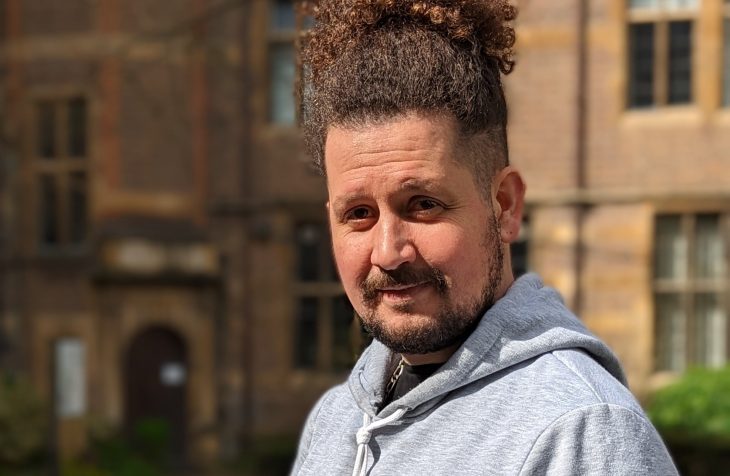Faces of ESLR: Simon Carrignon
My interest in Cultural Evolution began when in 2011, we luckily got money for a “Junior Lab” and decided to explore musical changes using evolution. If this started by playing with chains of transmission of badly whistled musical phrases, we ended up organising a more serious conference where Oliver Morin and Mathieu Charbonneau kindly accepted to come. That’s when I discovered a world of people employing Social Learning theory to understand change in human societies at every level. I have since stayed close to this field, joining conferences and workshops when possible. My background being a deep interdisciplinary mix of computer science, biology, archaeology, cognitive sciences and philosophy of science, I had to compose with funding opportunities and university obligations. This brought me to very different departments and research centres, sometime in biomedicine, physics, robotics or anthropology. If it’s often hard to each time find my place and embrace different epistemological traditions while developing my own set of skills and goals, I met such a great variety of brilliant and interesting people that I would never change that for any other traditional academic path. In the meantime, the ESLR and in Cultural Evolution in general reminded me that I am not alone!
During my academic curriculum I developed a keen interest in computational modelling, its application in cultural evolution and how we can confront models with empirical evidence. I did so to understand things as different as online social media and ceramics in the Roman Empire. I now summarise my work as “Computational Cultural Evolution” (thanks Enrico Crema, the PI of my actual project who coined the term) ; which consists of using computer models to explore the impact of social interactions and human behaviour at individual level on large scale dynamics.
Since May 2021 I have been working at the University of Cambridge in the UK, for the ERC funded project ENCOUNTER. Combining Archaeological and ecological evidence with Bayesian statistics and computational simulations, we explore the drivers behind the transition from hunter-gatherers to farmers in prehistoric Japan (the Jomon-Yayoi transition). Aside from my usual modelling exercises, I am more involved in the collection and cleaning of the data we use to test our models. A huge amount of information is available at regional levels in Japan, produced by the enormous effort put in rescue archaeology (more that 6000 excavations a year). But this huge amount of information still needs to be meaningfully aggregated to analysis patterns at a higher scale. Thus we combine OCR, text mining, scripts to interact with remote databases and good old “read and scan book for weeks in the basement of a library” to build datasets at the level of the whole Japanese archipelago. Datasets which describe things as varied as rice grain measurements, huge pots filled with human remains and weirdly shaped “ritual” objects.
This work, right between archaeological evidence and modelling, helped me a lot to realise how complex human generated datasets can be and how diverse are the biases that emerge when we put together heterogeneous sources of information. Thus, on top of the cultural evolution models I develop to understand the process behind the data, a central aspect of my actual research is to bring statistical tools into archaeology to deal with the biases and missing information inherent to such aggregated information.
Feel free to contact me on any social media!
website: nimbios.org/~simon
twitter: @simoncarrignon
mastodon: @simoncarrignon@mastodon.social
